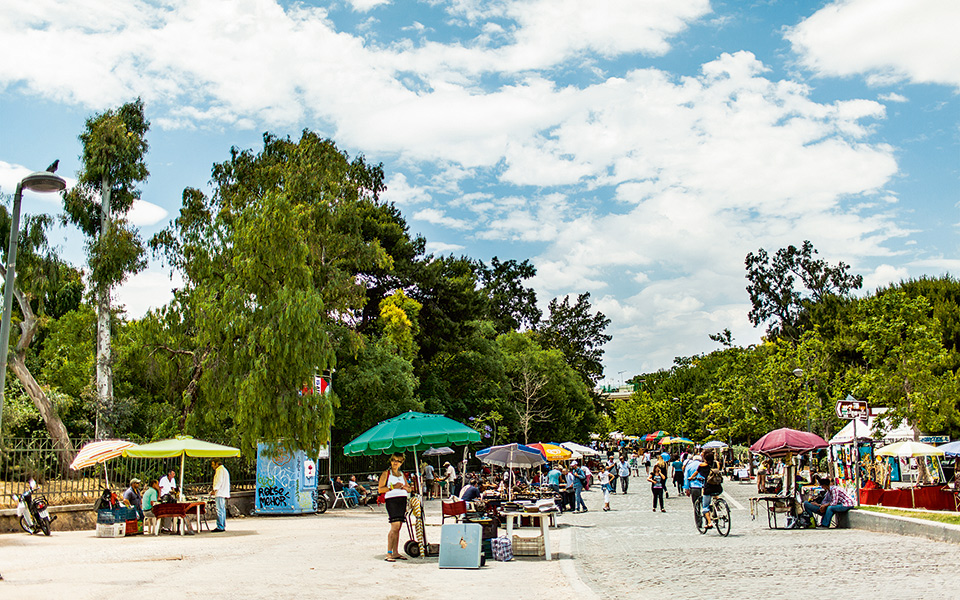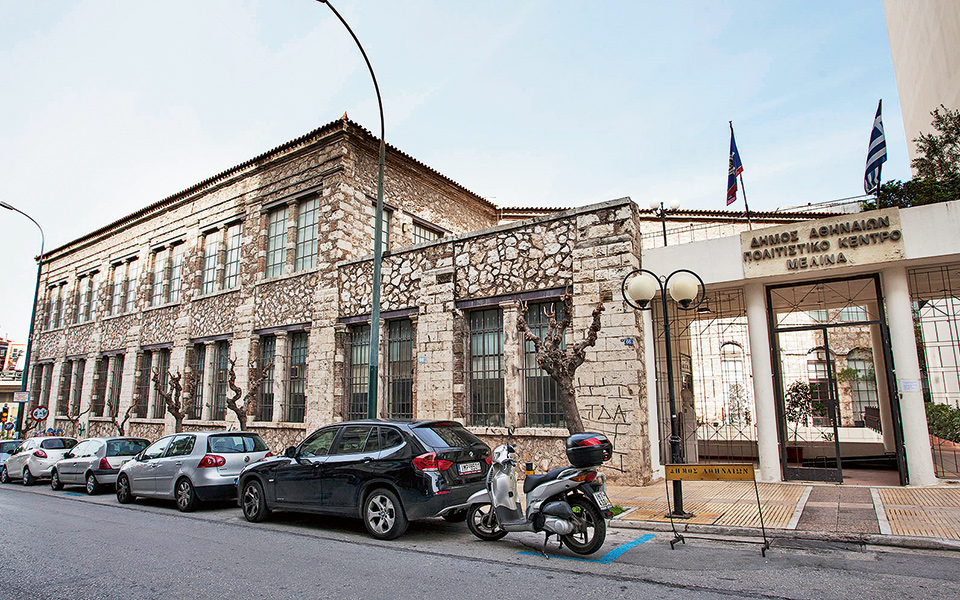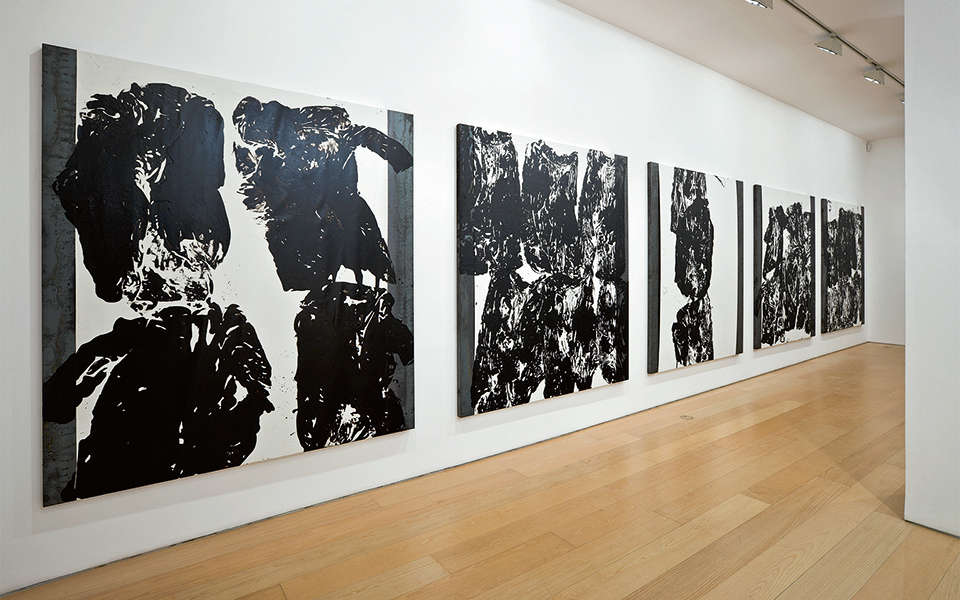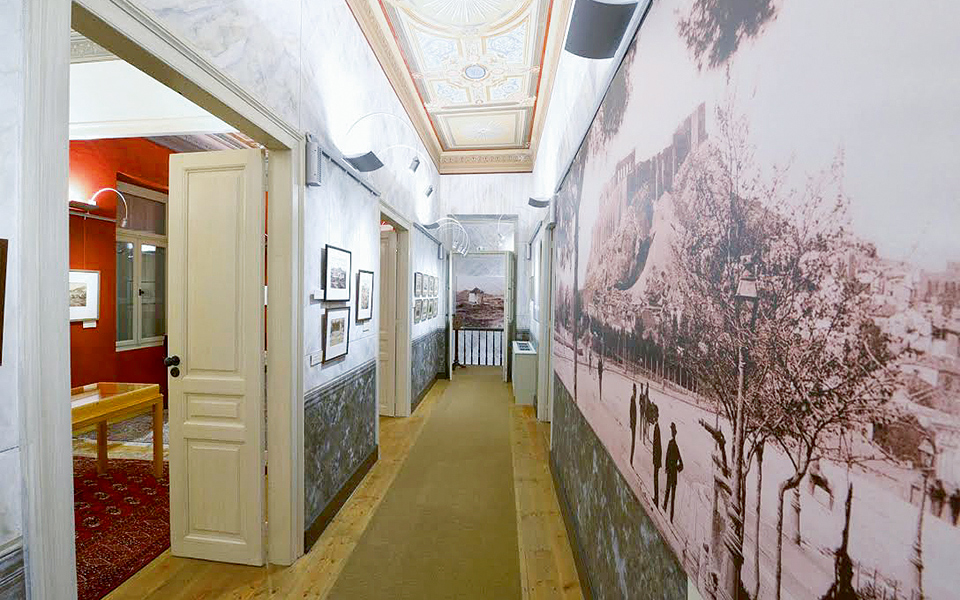Amorgorama: An Initiative Aimed at Saving the Fishing...
The attention of the global fishing...

Find shade under a street peddler's umbrella and try local snacks or admire handmade crafts.
© Dimitris Vlaikos
Thiseio got its name accidentally: city planners once believed that the nearby ancient temple (449-444 BC) overlooking the Athenian Agora was dedicated to Theseus, and so they named the neighborhood after him. Later, archaeologists revealed that the temple had actually been dedicated to Hephaistos and Athena Ergane. The area is also home to the Pnyx, the site of ancient Athens’ popular assembly (ekklesia), where citizens would gather to listen to their leaders before important decisions were made. It was here that Themistocles convinced the Athenians to strengthen the city’s fortifications and Pericles argued for the construction of the Parthenon, with funds from Athens’ Delian League allies.
“ It was here that Themistocles convinced the Athenians to strengthen the city’s fortifications and Pericles argued for the construction of the Parthenon, with funds from Athens’ allies. ”

Melina Mercouri City Of Athens Cultural Centre
The corner of Eptachalkou and Ifestou is another important site, though visible traces of the past have now vanished. It was here that soldiers of the Roman General Sulla found a crack in Athens’ defenses, invading and pillaging the city in 86 BC. The historian Plutarch describes the resulting bloodshed. In more recent times, the area experienced an economic and construction boom sometime around 1860. The three-story neoclassical mansions that have been preserved and restored along Apostolou Pavlou and Eptachalkou streets give us a rare glimpse into the architectural styles of that era and help us to visualize what life was like.

Bernier / Eliades Gallery

Herakleidon Art Museum
Besides fascinating ancient and later monuments, Pnyx Hill is also the site of the National Observatory and the Dorides Telescope. According to lore, this spot was chosen because it was close to the astrological observatory – the heliotrope – of the 5th century BC astronomer Meton of Athens. On the Hill of the Nymphs, there is a church built in 1927, dedicated to Aghia Marina. It was constructed around an older Byzantine church dug into the rock in the 11th or 12th century, so you have to enter the new church to see the older one.
Just as in ancient times, when the nymphs were worshipped for their healing powers, so in early modern times, it was believed that the icon of Aghia Marina could help sick children and women preparing for childbirth. Nearby, archaeologists discovered traces of a sanctuary dedicated to Zeus Hypsistos, while downslope lay a smooth stretch of rock that pregnant Athenian women used to slide down, believing this would ensure them a painless labor. It seems that in Greece, the old and new always remain linked.
MELINA MERCOURI CITY OF ATHENS CULTURAL CENTER
Housed in a late-19th century hat factory owned by Elias Poulopoulos.
Two permanent exhibitions on the historic Karagiozis shadow-puppet theater and Athens’ 19th
and 20th century business culture.
Daily 9 a.m. – 1 p.m., 5 – 9 p.m. (Sundays, closes at 1 p.m.)
• 66 Irakleidon & Thessalonikis • Tel. (+30) 210.345.2150
BERNIER | ELIADES
This has been one of the city’s foremost contemporary art galleries since 1999.
It overlooks a rocky outcrop topped by a quaint little post-Byzantine church.
• 11 Eptachalkou • Tel. (+30) 210.341.3936 • www.bernier-eliades.gr
HERACLEIDON ART MUSEUM
Science and mathematics are made fun and easy with interactive exhibitions
and activities for children and adults, as well as fascinating temporary exhibitions.
• 16 Herakleidon • Tel.: (+30) 210.346.1918 • www.herakleidon-art.gr
The attention of the global fishing...
Three traditional products serve as both...
A once-mighty city-state overlooking Souda Bay,...
A perfect weekend getaway: wander among...